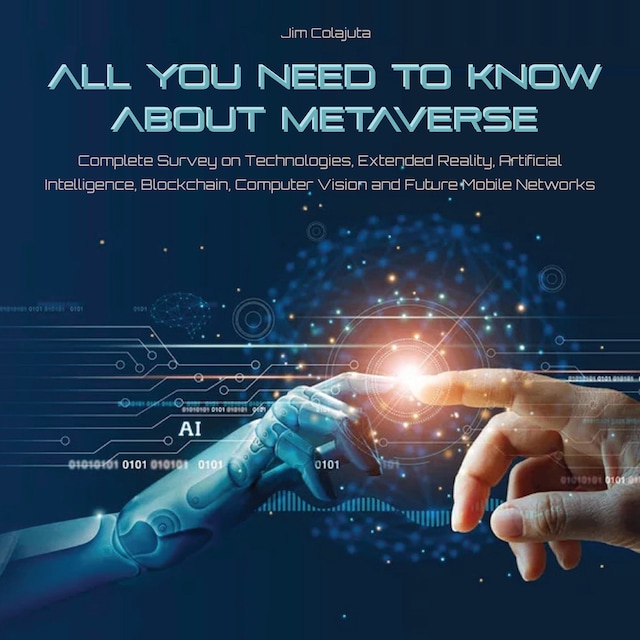
All You Need to Know about Metaverse
Om bogen
Since the Internet's popularity in the 1990s, cyberspace has continued to evolve. We have developed several computer-mediated virtual environments, such as social networks, video conferencing, virtual 3D worlds, augmented reality apps, and Non-Fungible Token Games. Such virtual settings, albeit non-permanent and disconnected, have enabled us to achieve varying degrees of digital transformation. Metaverse was invented to further encourage the digital revolution in all aspects of our physical life. The notion of an immersive Internet as a massive, unified, persistent, and shared realm is at the heart of the Metaverse. While the Metaverse may appear futuristic, fueled by emerging technologies such as Extended Reality, 5G, and Artificial Intelligence, our cyberspace's digital "big bang" is not far away.
Metaverse is a closed compound word: Meta (a Greek prefix meaning "after, after, or beyond") and the universe. In other terms, the Metaverse is a post-reality universe. This continuous and durable multiuser environment combines physical reality and digital virtuality. Metaverse offers the ability to address the basic limitations of web-based 2D e-learning tools in distant online education.
As the Metaverse's new worlds emerge, early entrants begin to contribute ideas. This is a fantastic opportunity to impact how people live and conduct business for the foreseeable future. However, it brings a new level of responsibility: trust will be crucial to adoption. Organizations must evaluate how they develop a responsible Metaverse and set the norms for all that follows.


